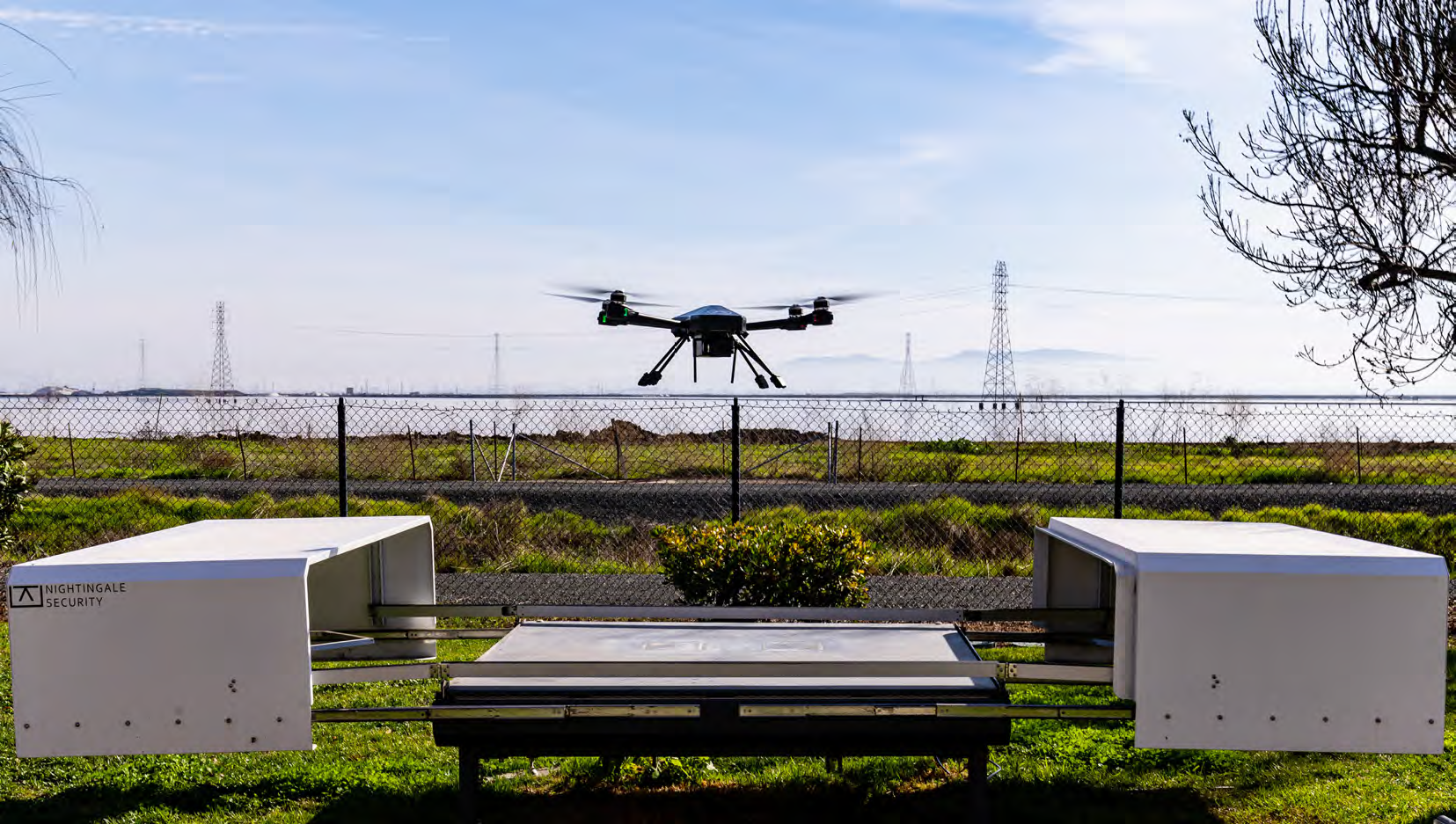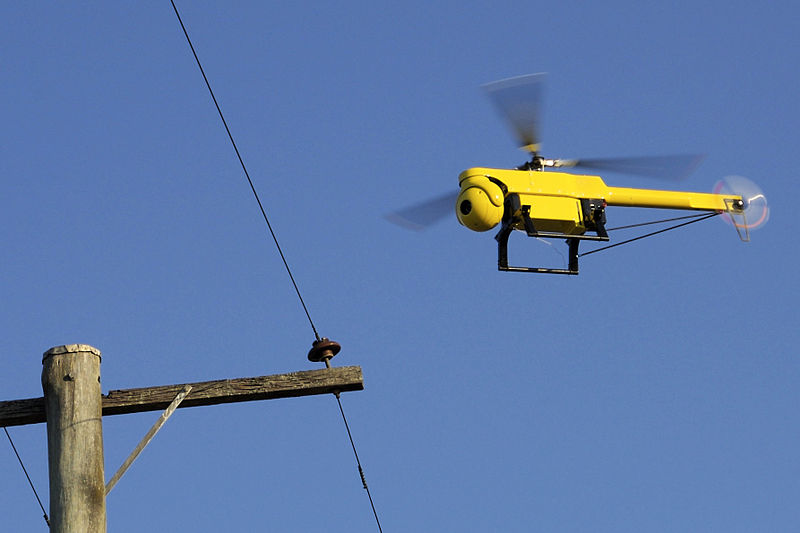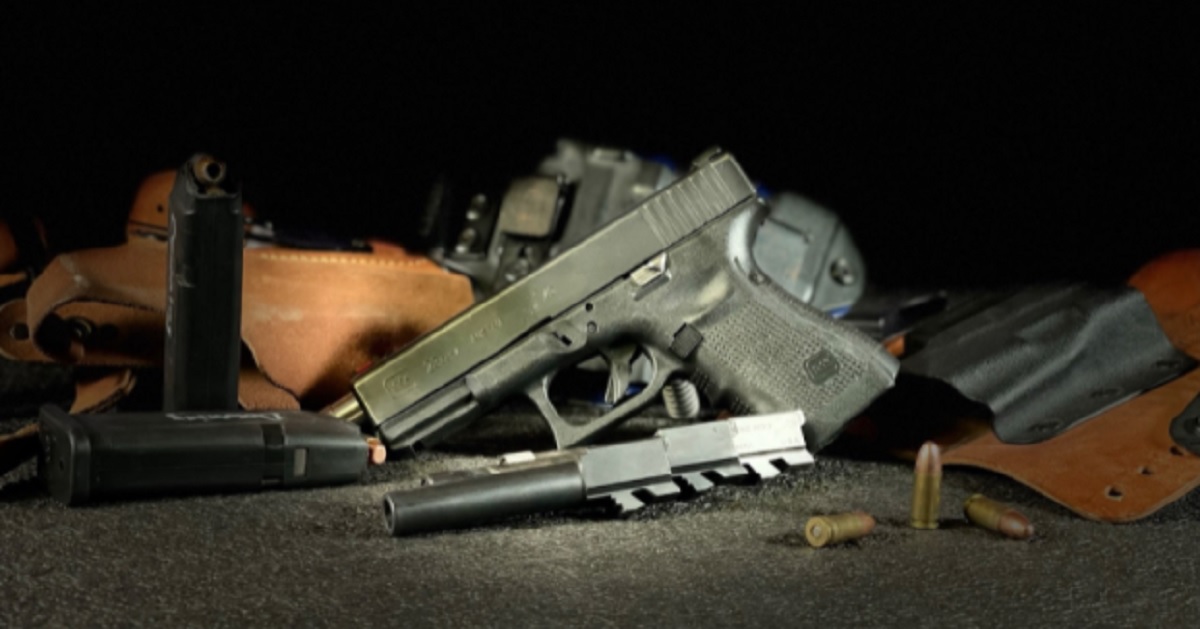Photo Courtesy of Nightingale Security
Many of you reading are probably aware of the use of drones in combat, leisure, and manufacturing. What you might not be aware of is their usefulness in asset protection, law enforcement, and security.
I spoke with Valerie Wiehl, an engineer with Nightingale Security to learn more about this new frontier.
Who They Are & What They Do
Nightingale Security is based out of Newark, California, and specializes in what Valerie calls, “asset protection”. As Deployment Engineer, Valerie is responsible for setting up the new system and training the buyer on how the system works. Which brings up the question: how exactly does it work?
Nightingale installs base stations on or near their client’s buildings. These stations are the communication hub of the drone as well as the charging station, launchpad, and storage facility for the drones. Yes, that’s multiple drones. Nightingale claims that if one “Blackbird” drone needs to be recharged, “another drone will autonomously deploy and finish the mission.”
Nightingale does patrol missions, either launched manually or scheduled. When going out on these missions, the drone streams live video to their security team. They are also able to differentiate objects, only alerting when there’s a person or a vehicle in a restricted zone.
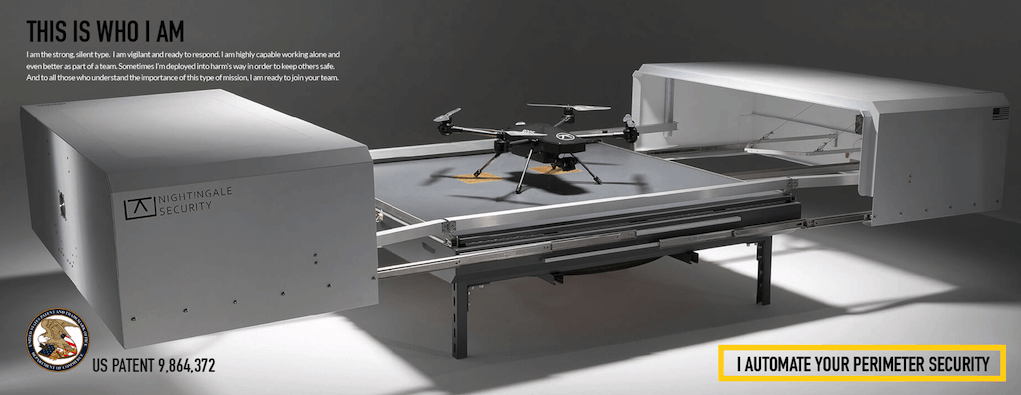
Photo Courtesy of Nightingale Security
Nightingale In Action
Nightingale has seen real-world action with other-worldly results. After partnering with the San Pablo Police Department, their technology would see some serious action.
Valerie states, “There were around 20 [officers] that were on the scene and two of our engineers. We were able to use the drone to watch the POI jump out a back window and track him as he ran through multiple backyards and eventually hid in a dumpster.”
Because of this technology and the quick thinking of the SPPD, they were able to safely execute their high-level warrant.
That’s not all, though.
Nightingale Security has also teamed up with ShotSpotter to further enhance their technology. With this partnership, Val states, “If shots are fired, the drone will automatically deploy and start recording at the scene.”
While I imagine this technology is still being developed, it’s still neat to think about.
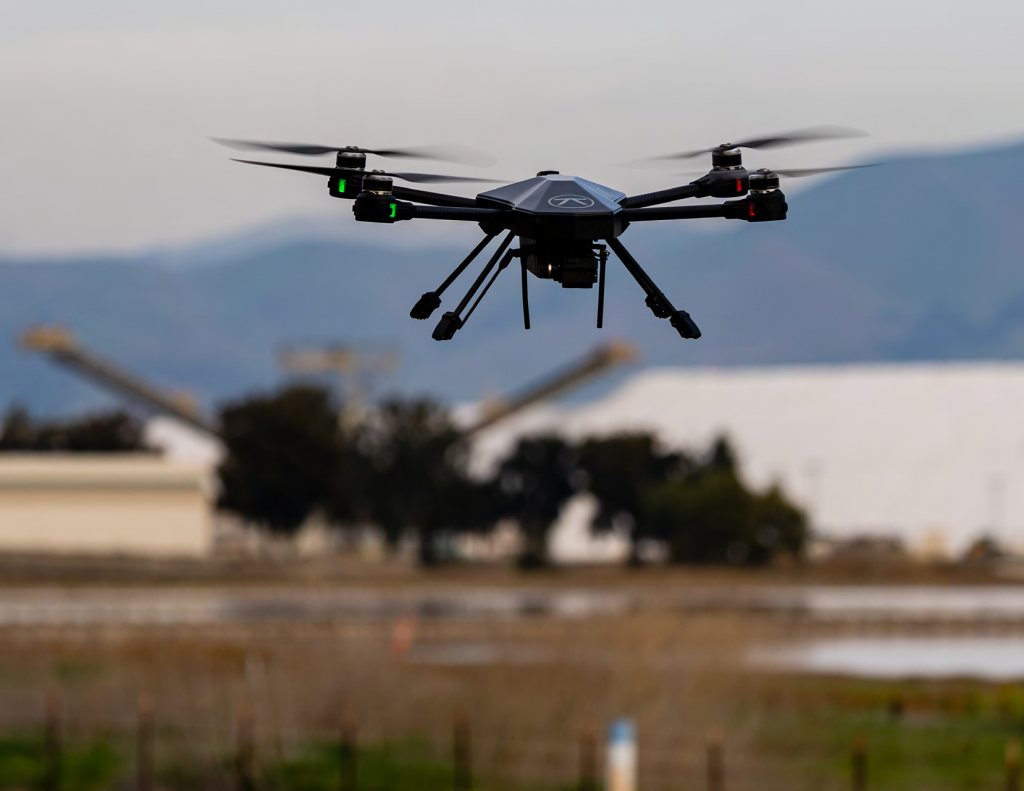
Photo Courtesy of Nightingale Security
Valerie’s UAV Journey
Nightingale wasn’t the first drone-based company she worked for. Previously, she had worked at Microdrones USA and Measure doing everything from product development to regulating payloads and even management.
But drones weren’t even initially on her radar. Valerie had actually graduated with a degree in Environmental Engineering.
After undergoing a Chemical/Biofuel Engineering internship, Valerie would eventually be offered a position immediately out of college with Microdrones.
A few years later, she found herself working with Nightingale Security in California. Discussing her favorite aspects of her job, she said, “It’s a job with constant opportunities to learn, grow and travel. My first deployment sent me to Hawaii for two weeks… it’s always something new.”
Finally, when I asked her what steps someone who is looking to start in the UAV industry should take, she highlighted the importance of getting a solid education. “Well, the first thing you should do is get your Part 107 license. You can take a class online and you can learn about the rules, regulations, and general physics.”
One thing that my conversation with Valerie highlighted for me was how vast and quickly this technological arena is growing. New sorts of jobs working with drones are popping up all across the country.
To get educated in this exciting field, consider applying today to SDI’s School of Uncrewed Technology today!

